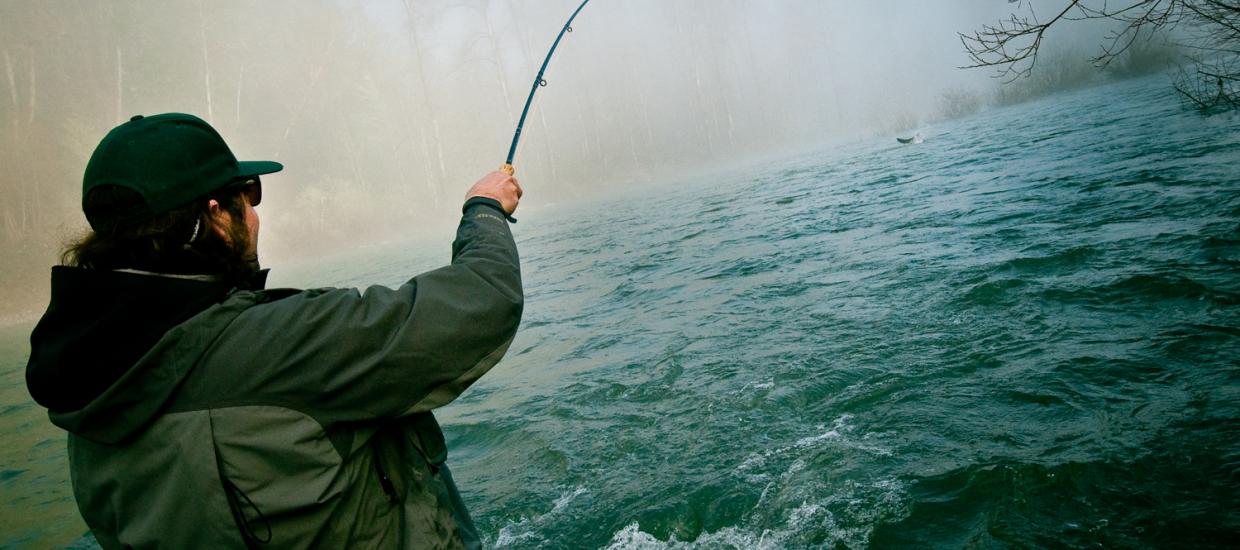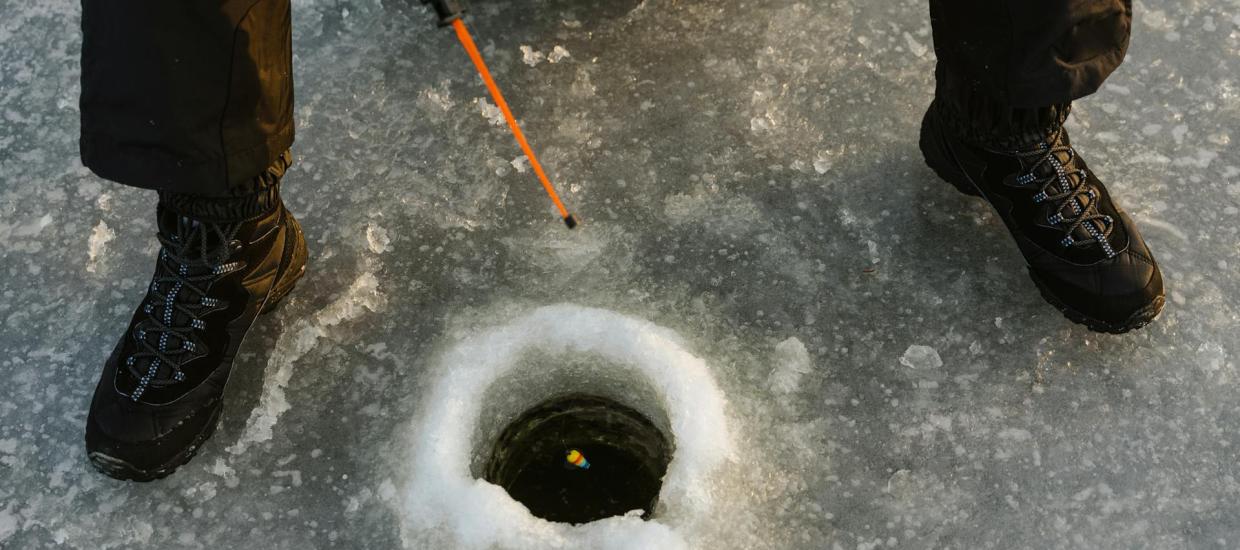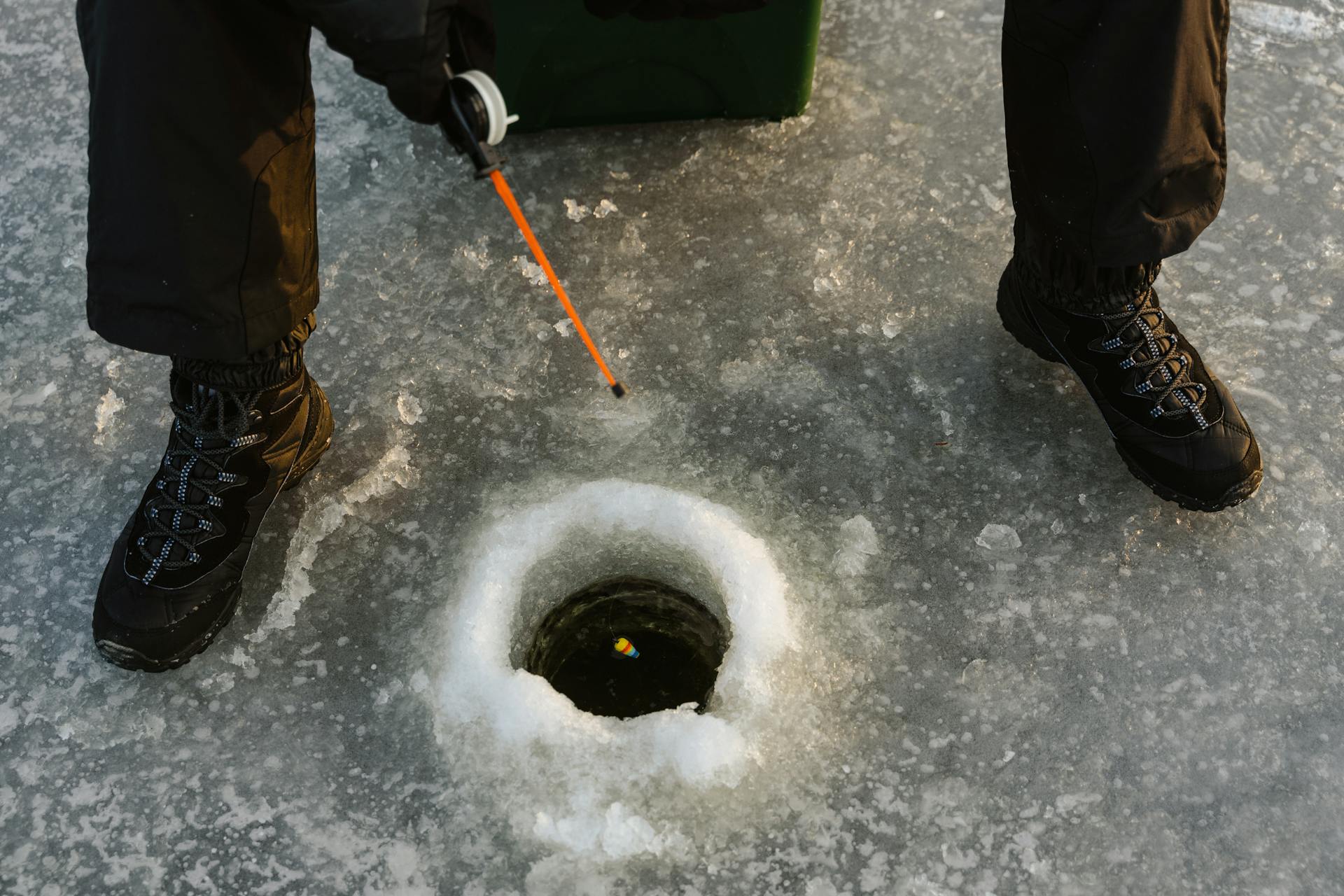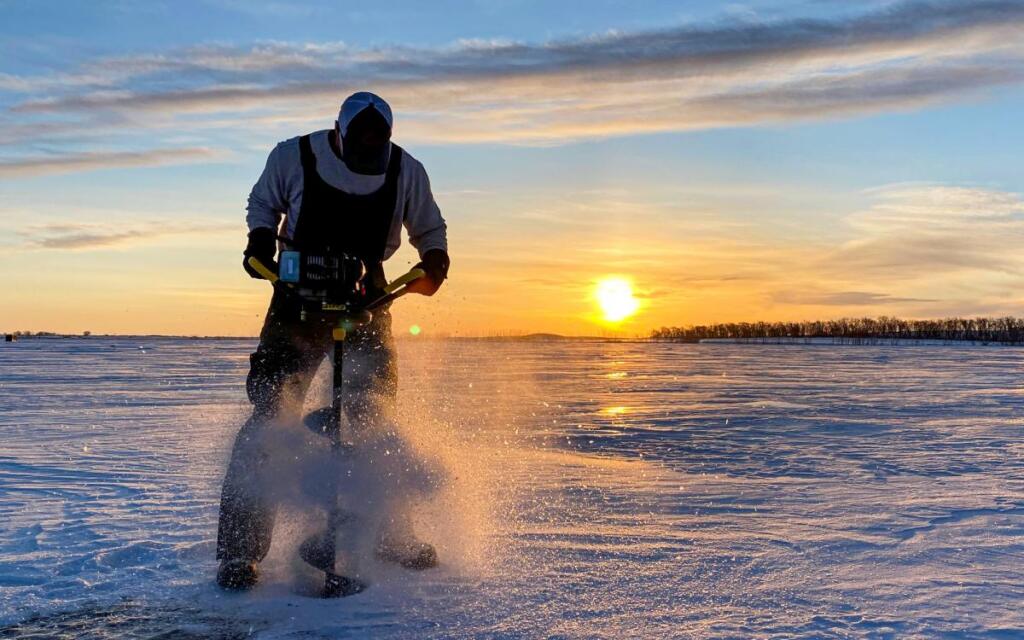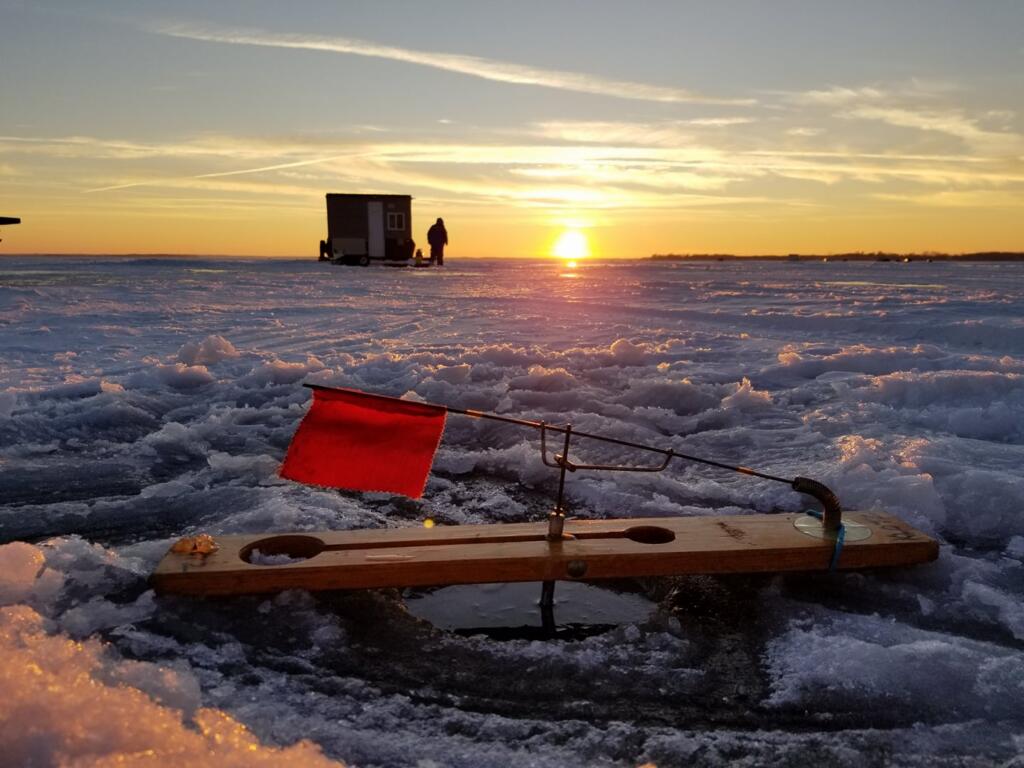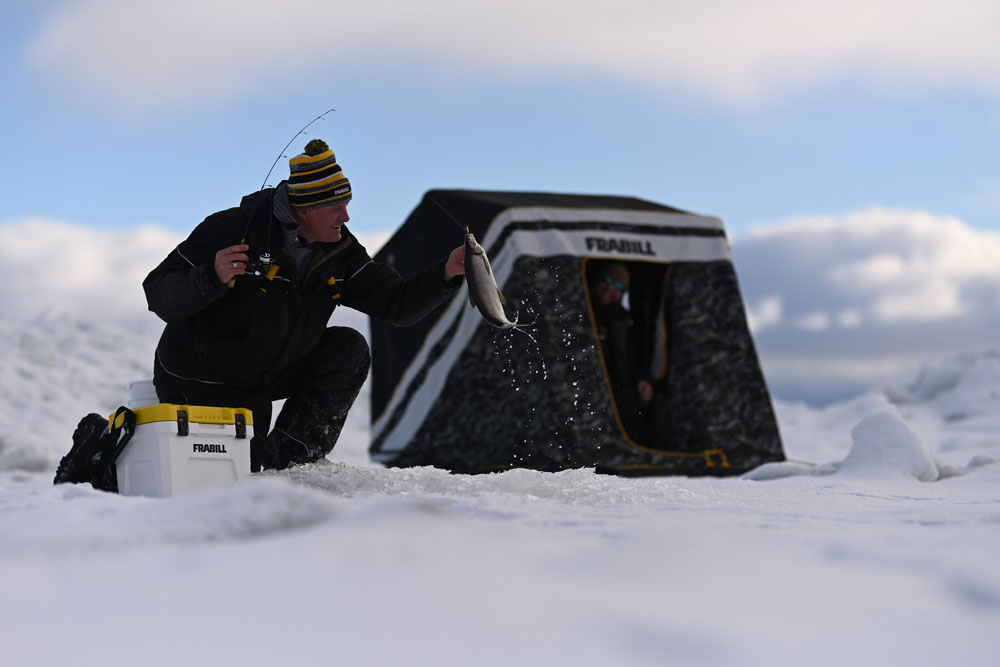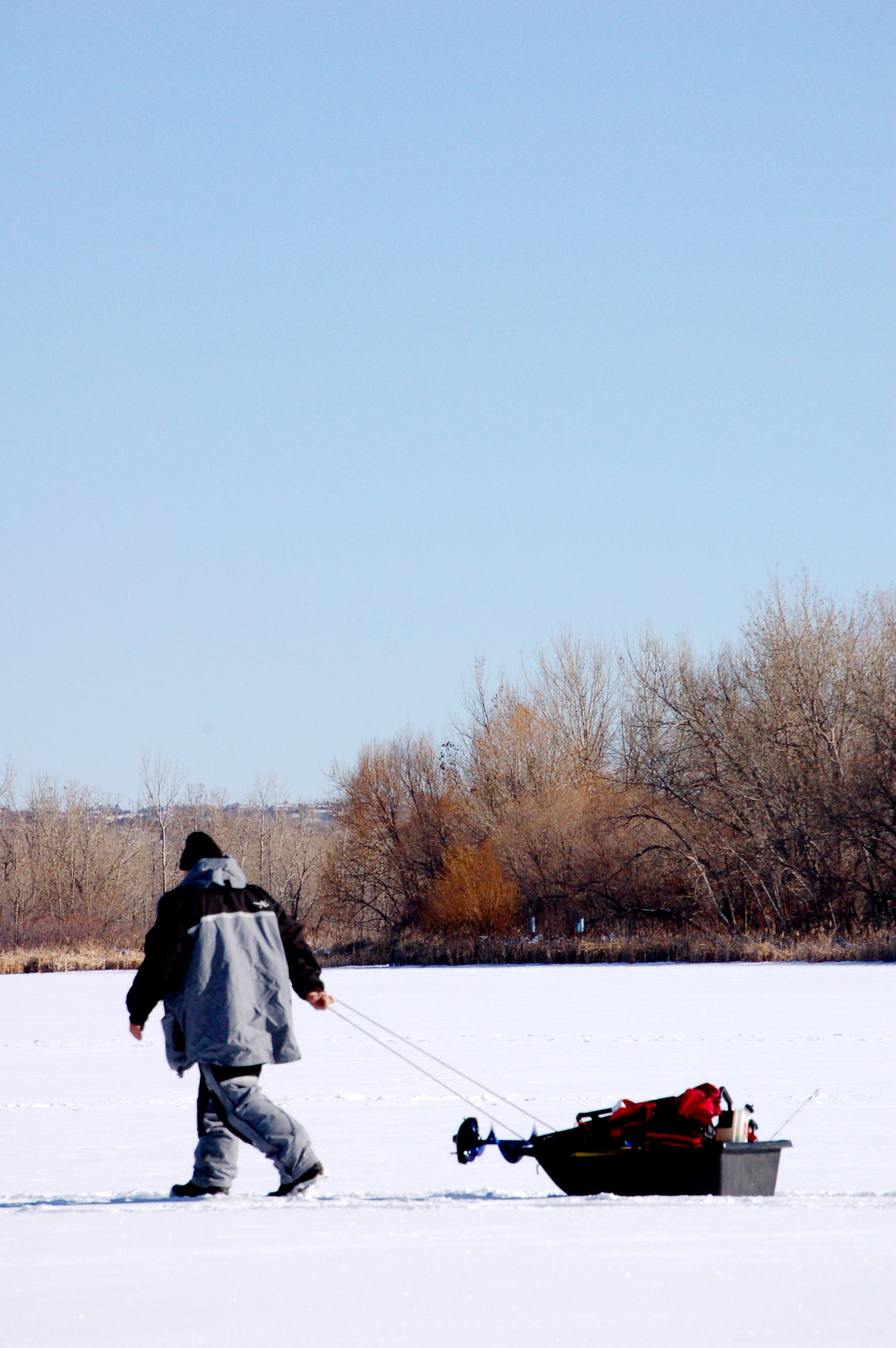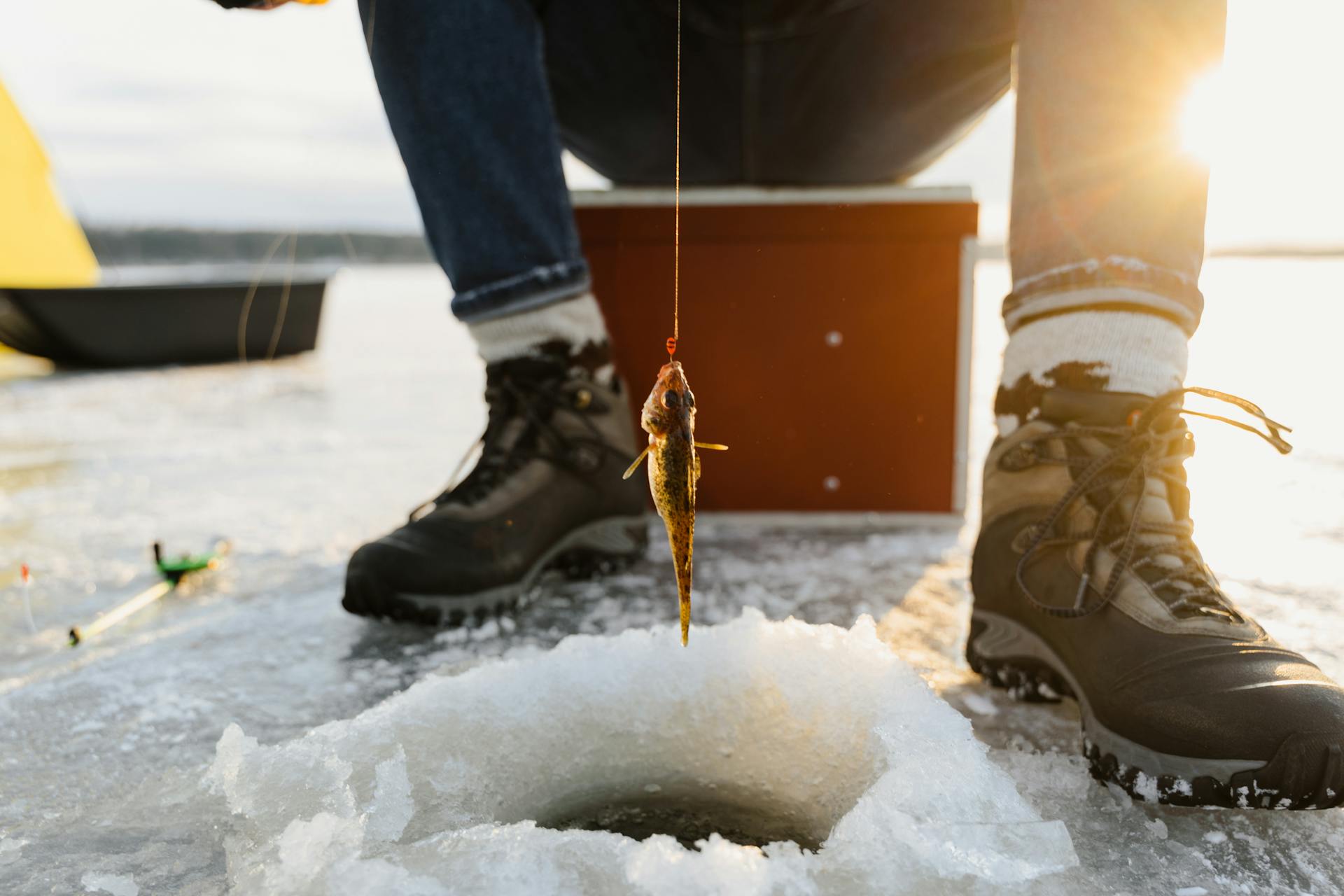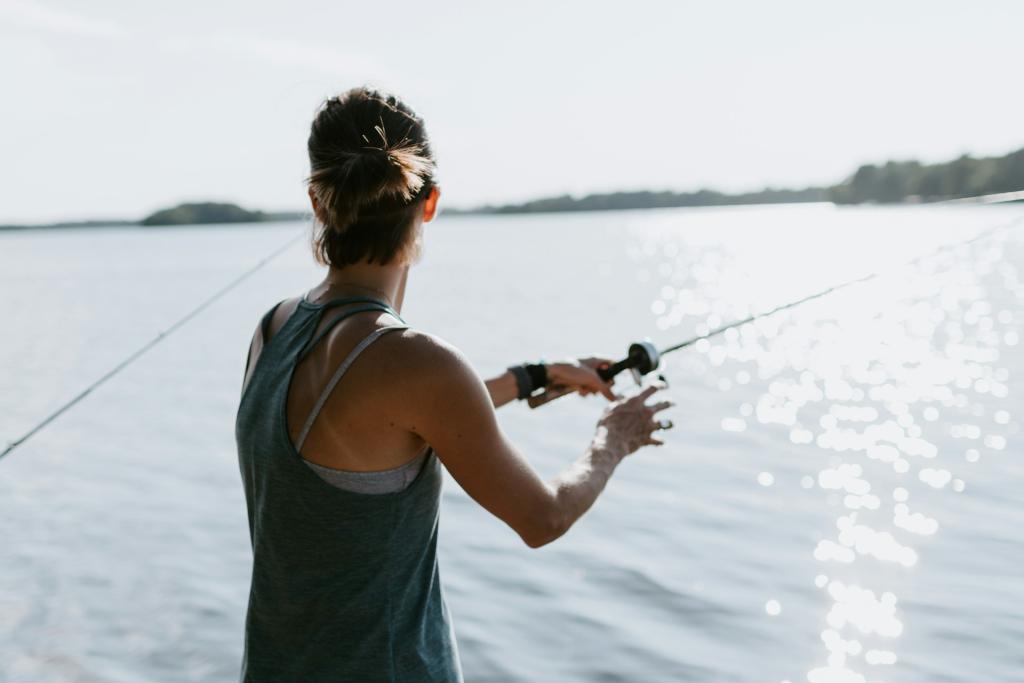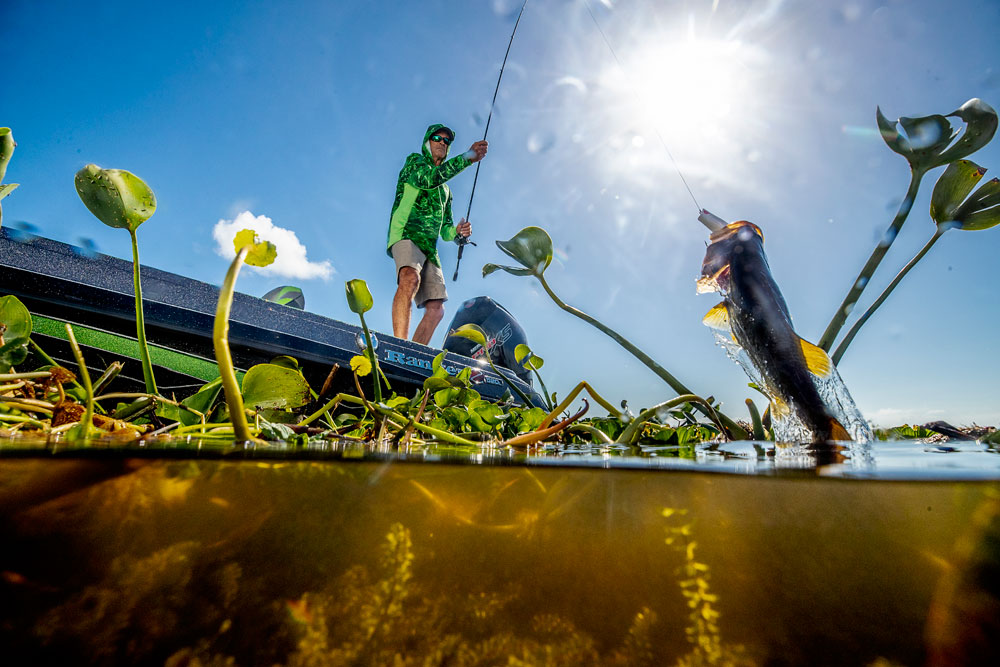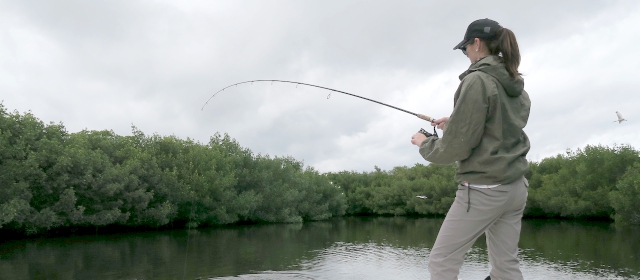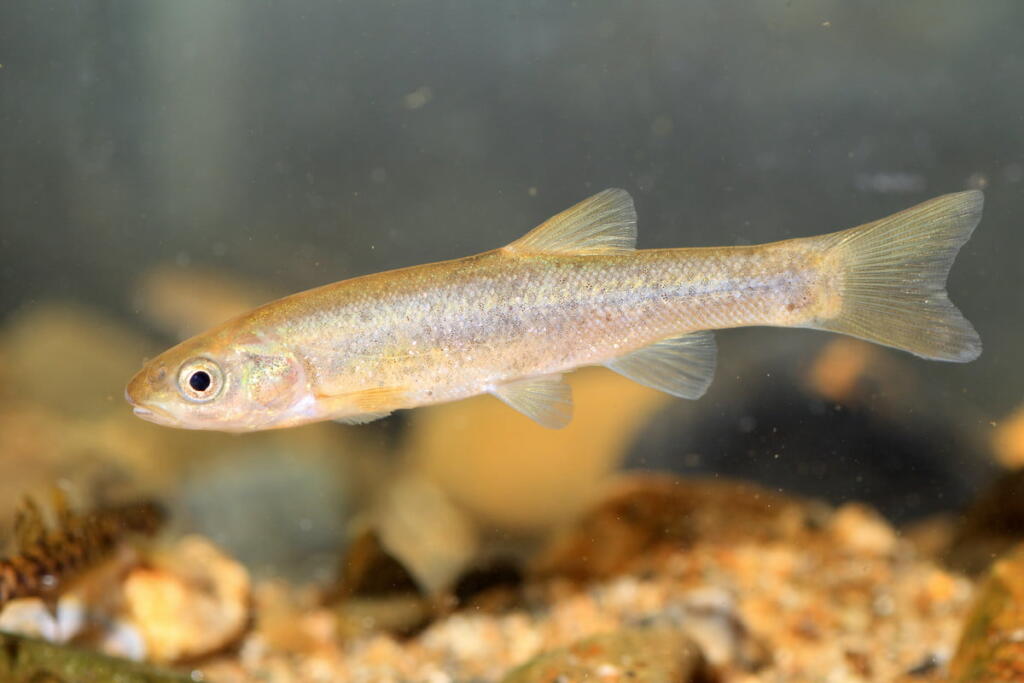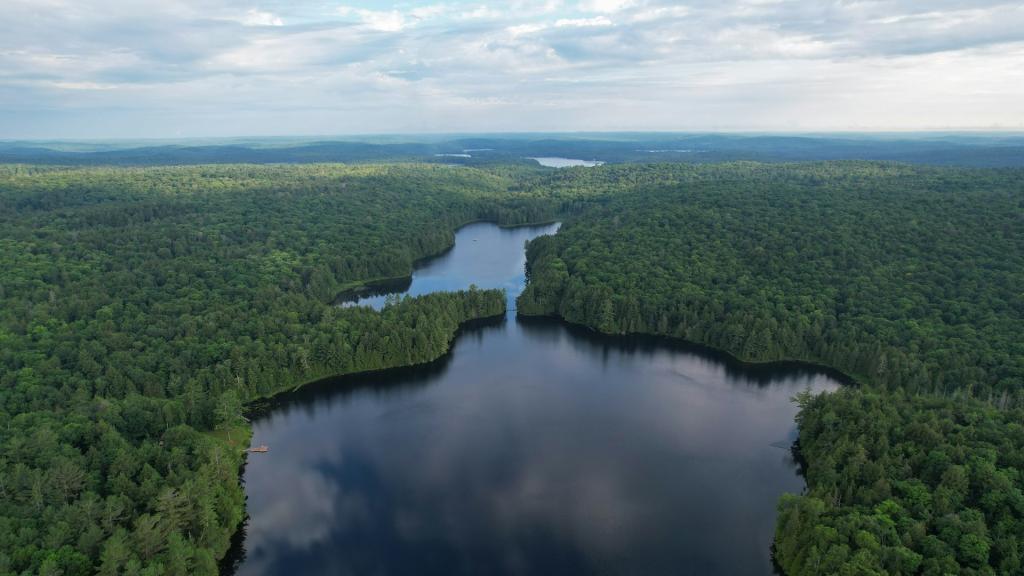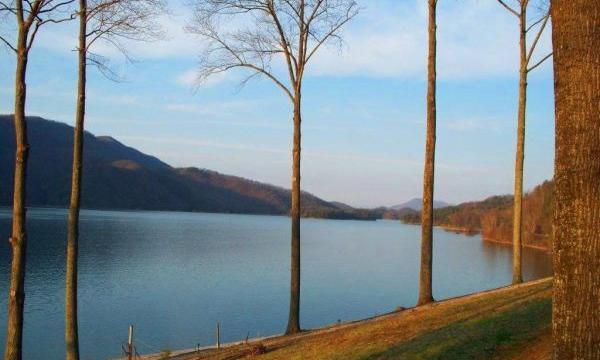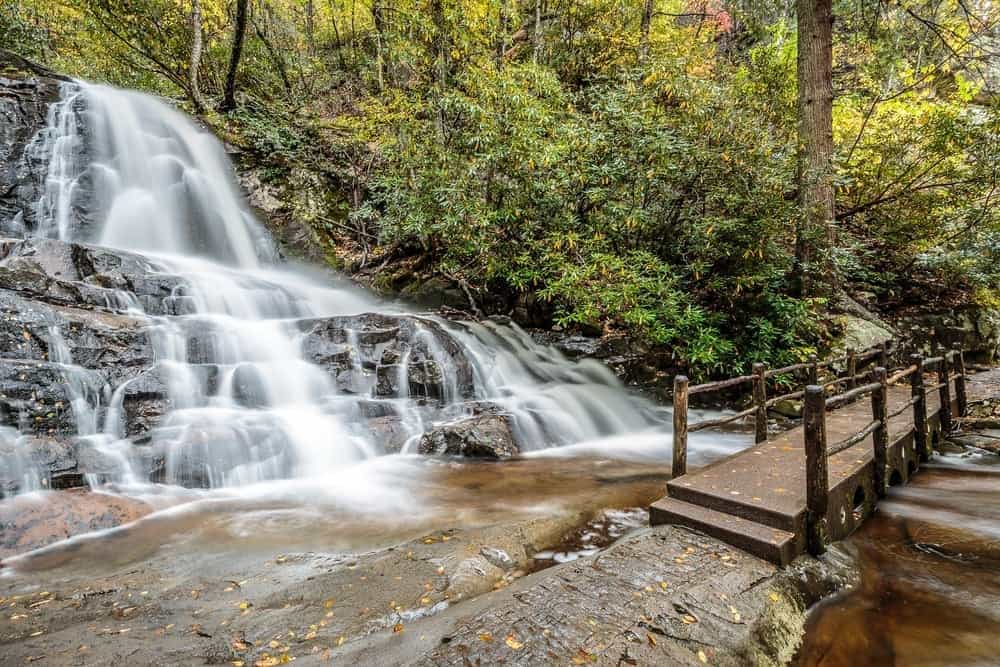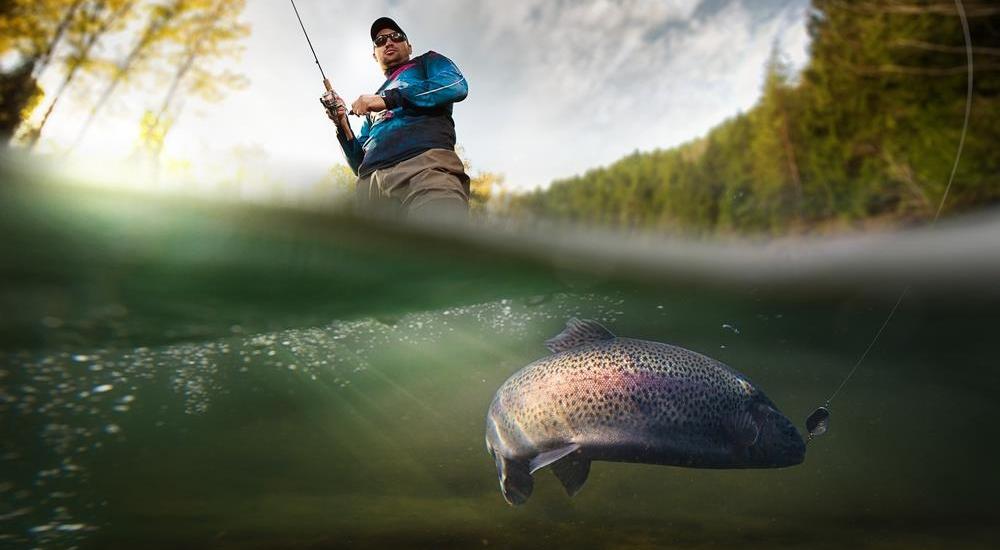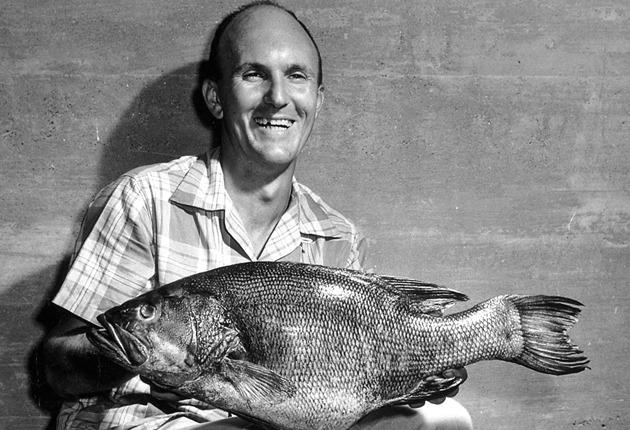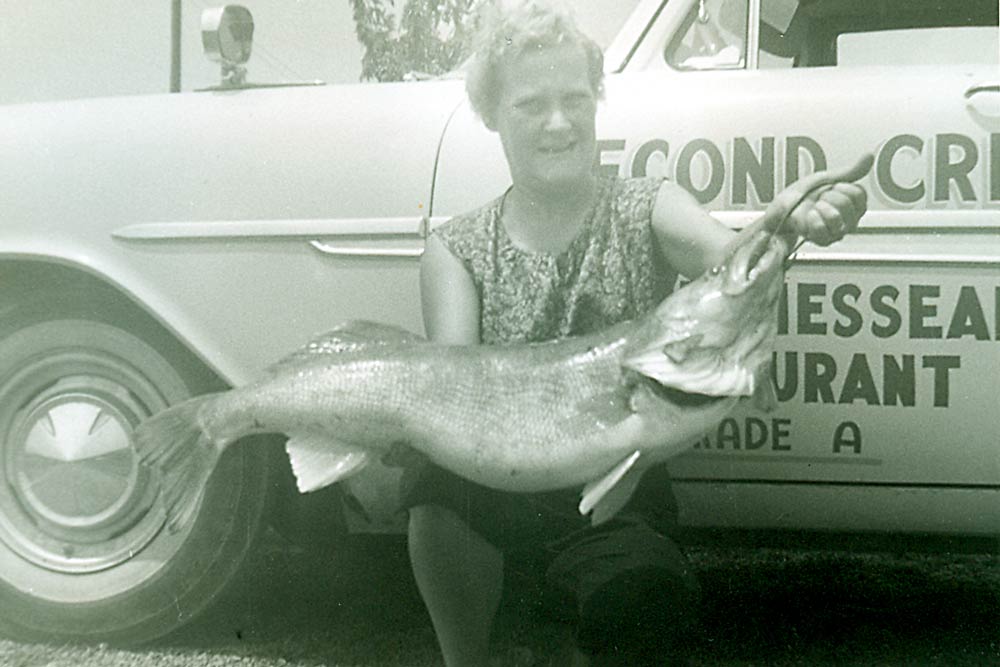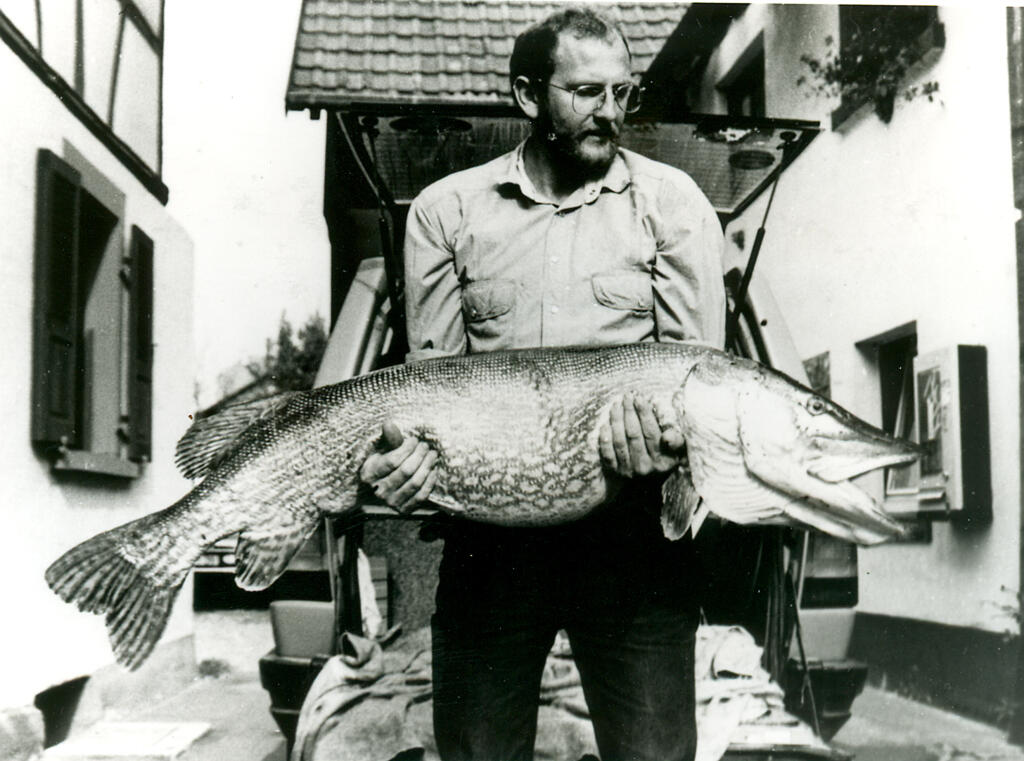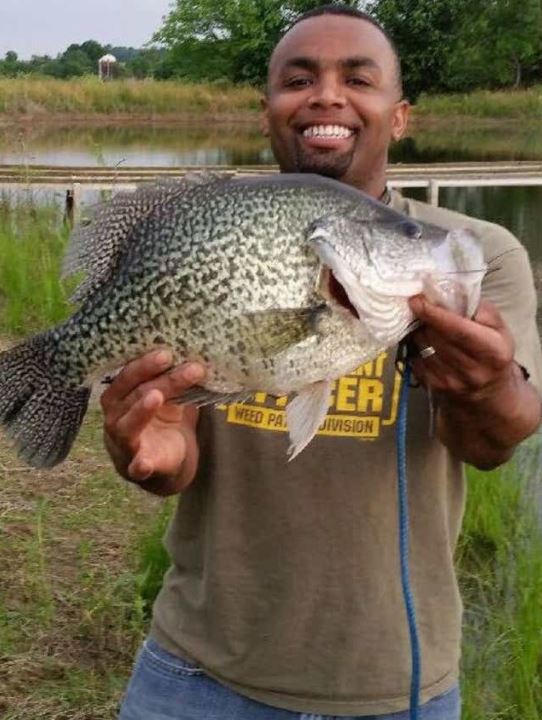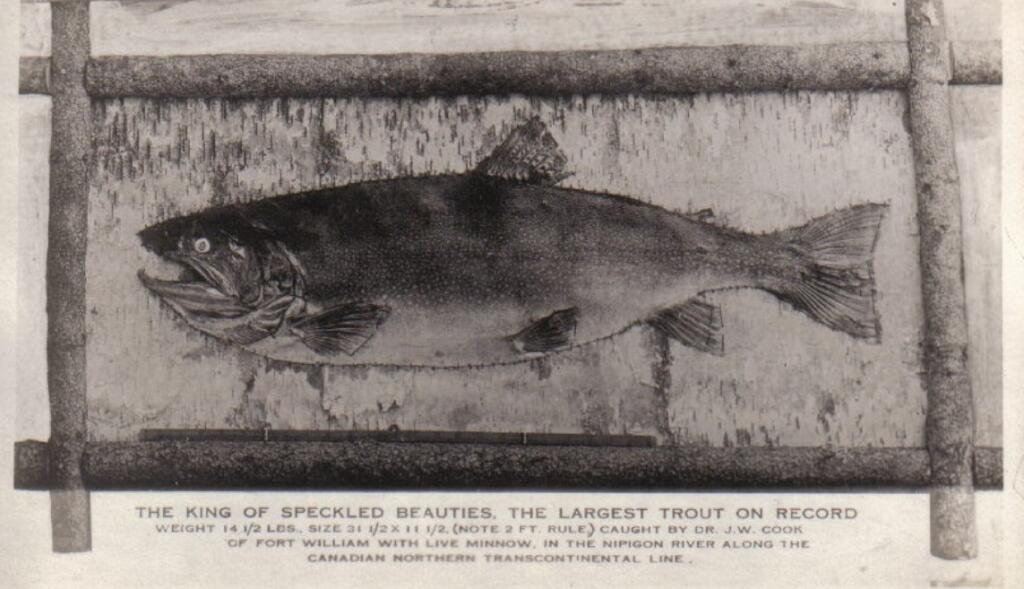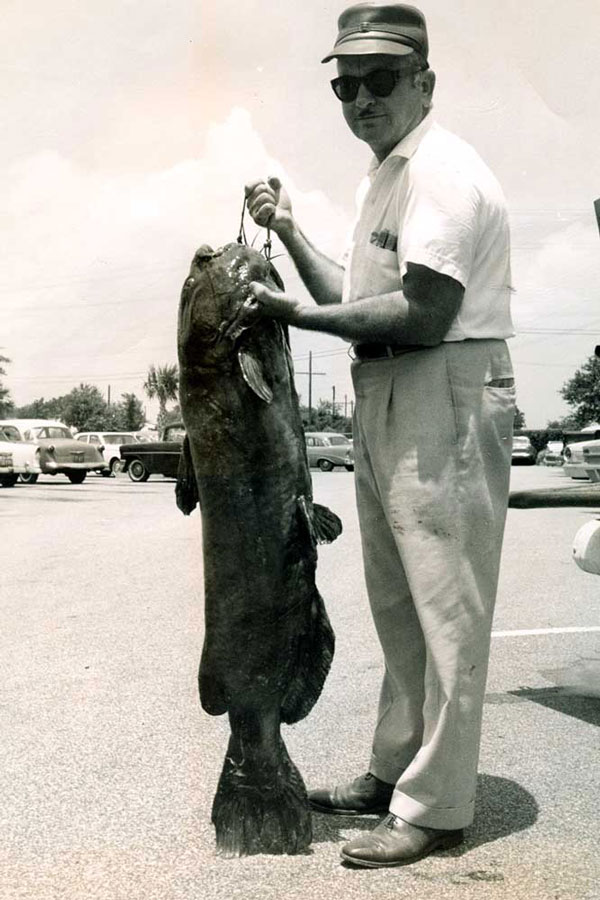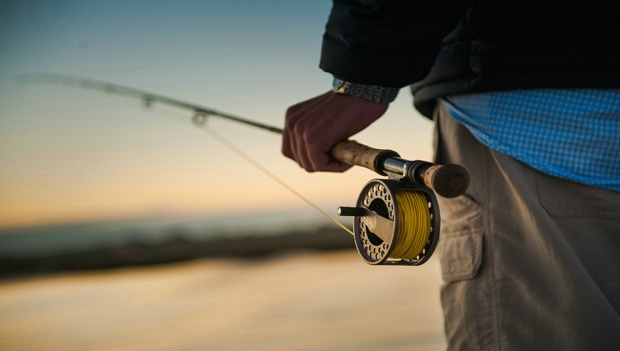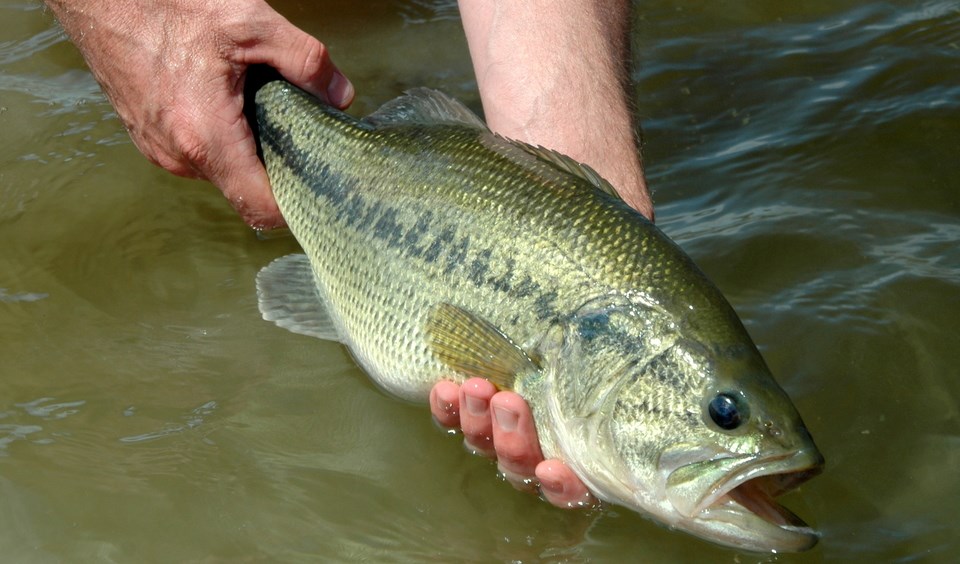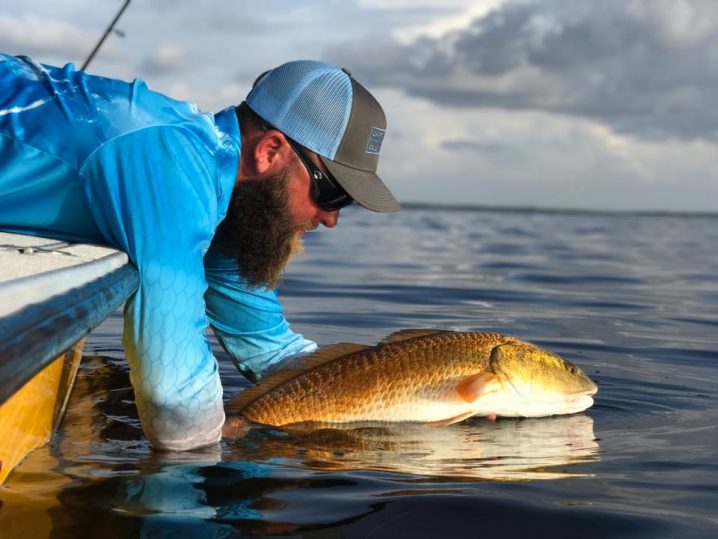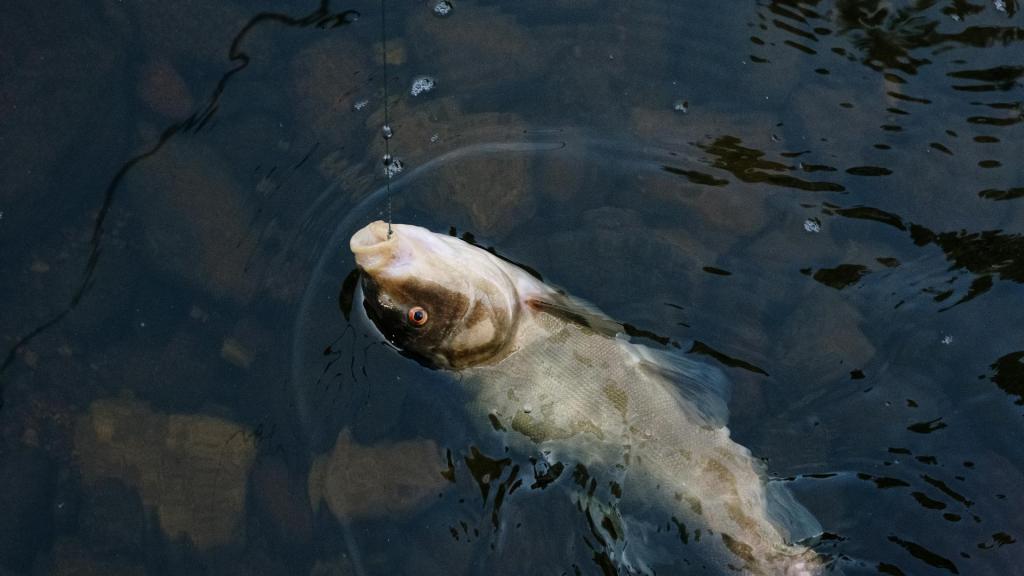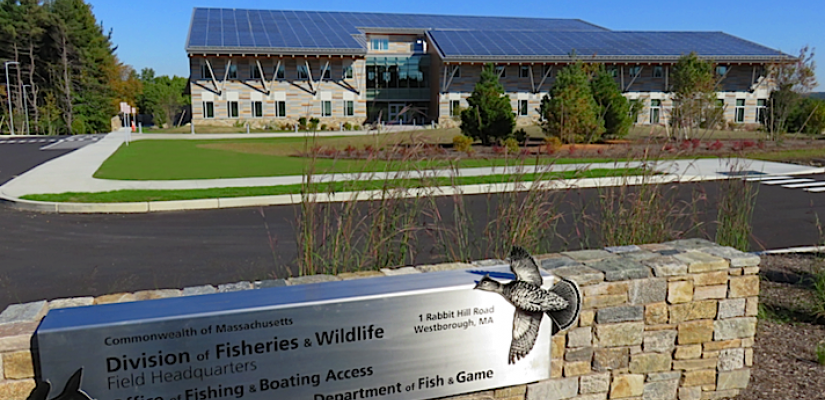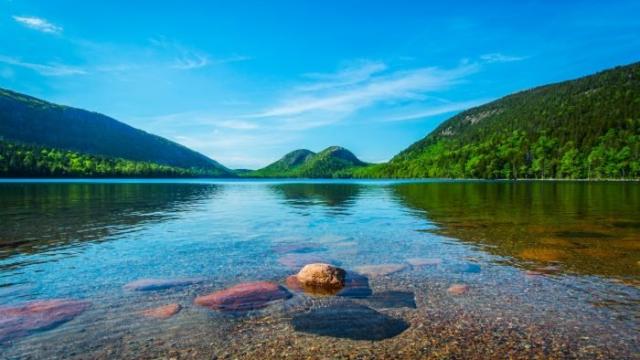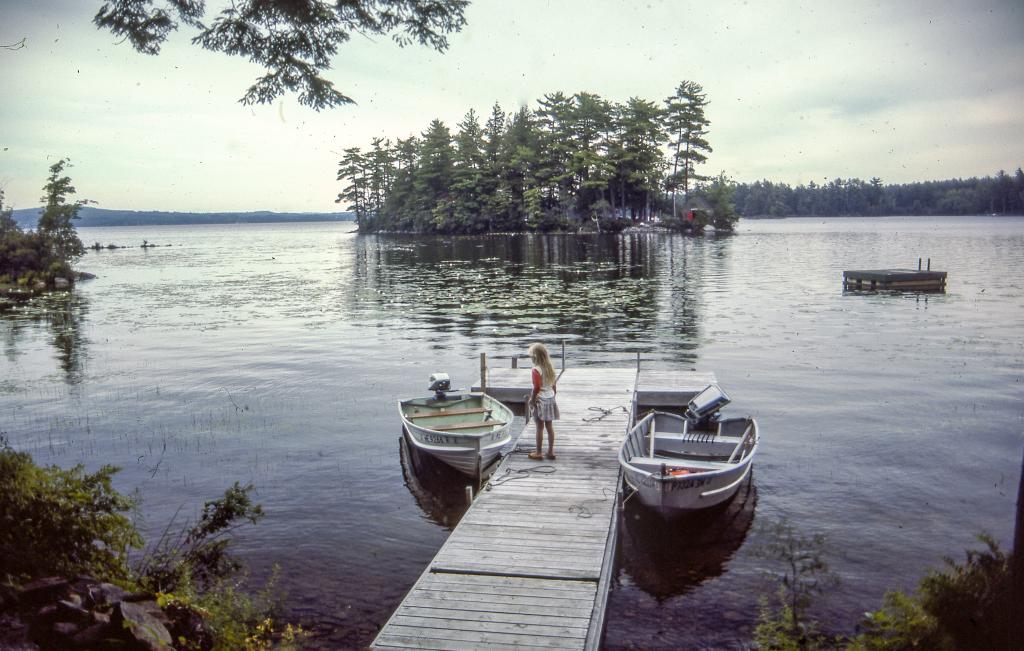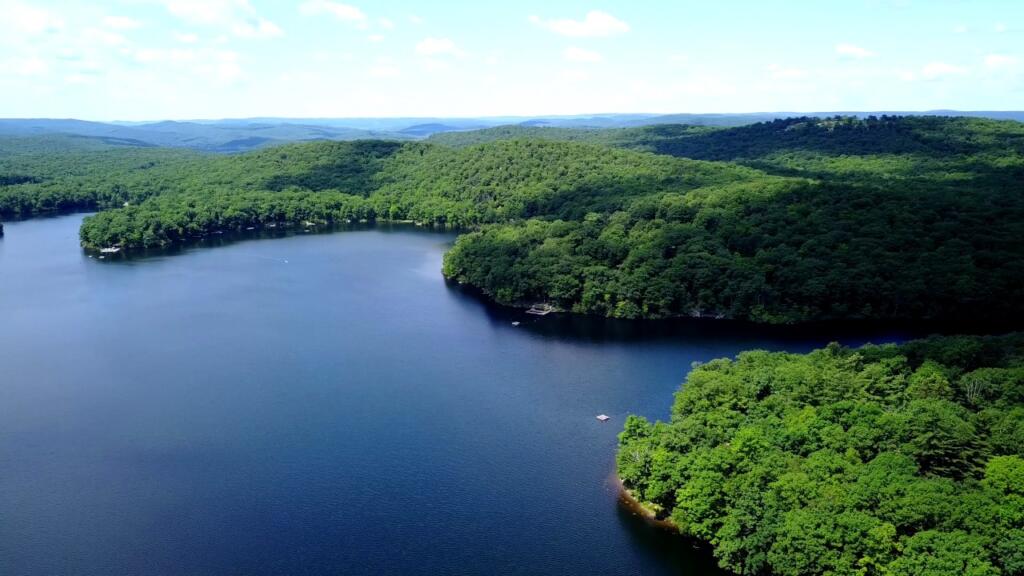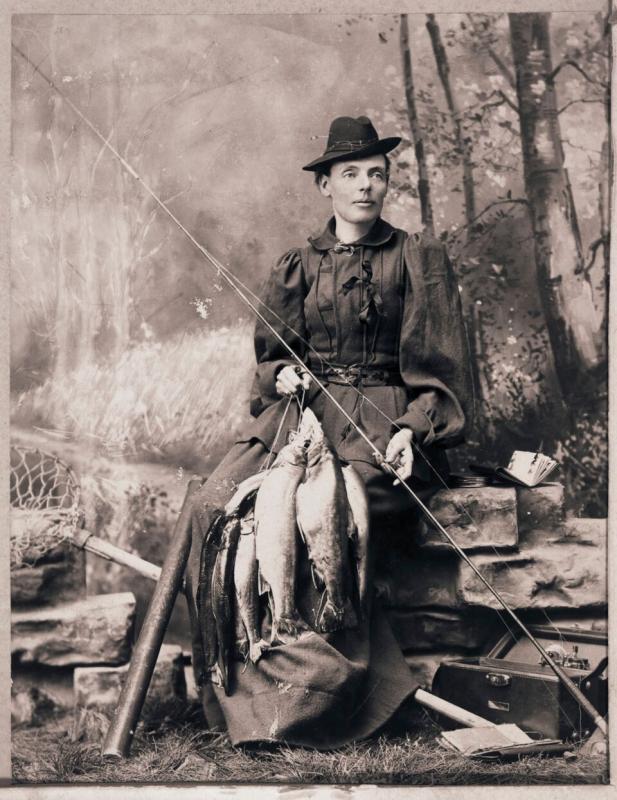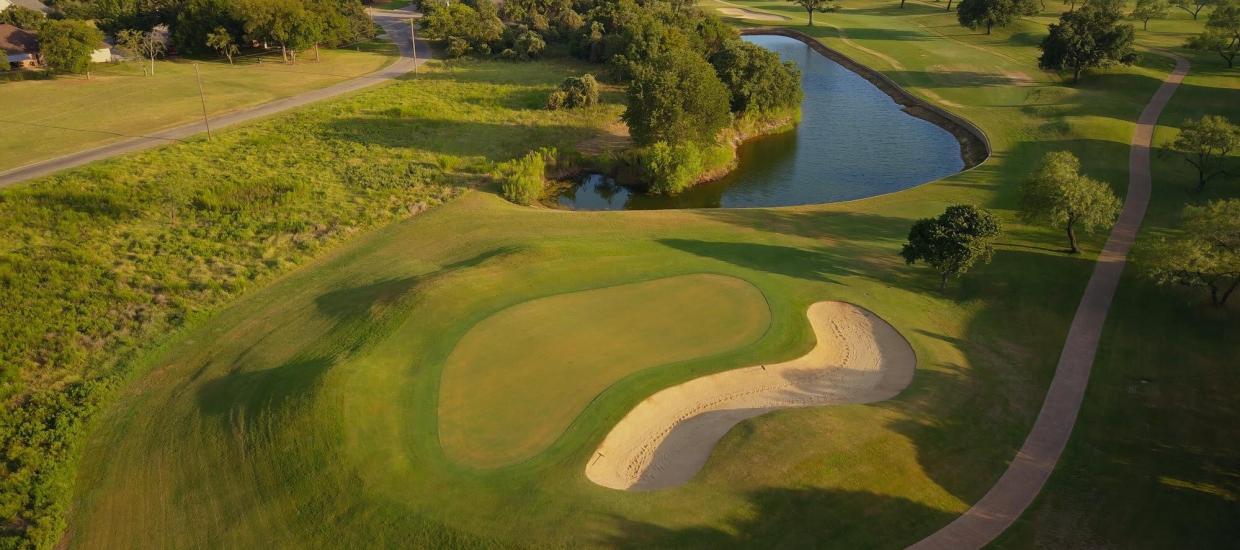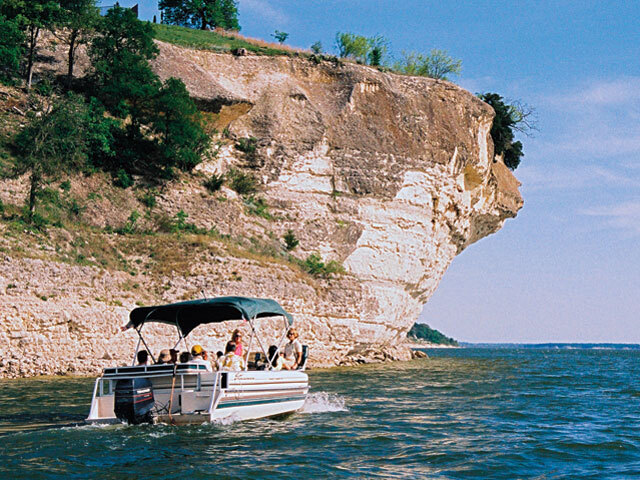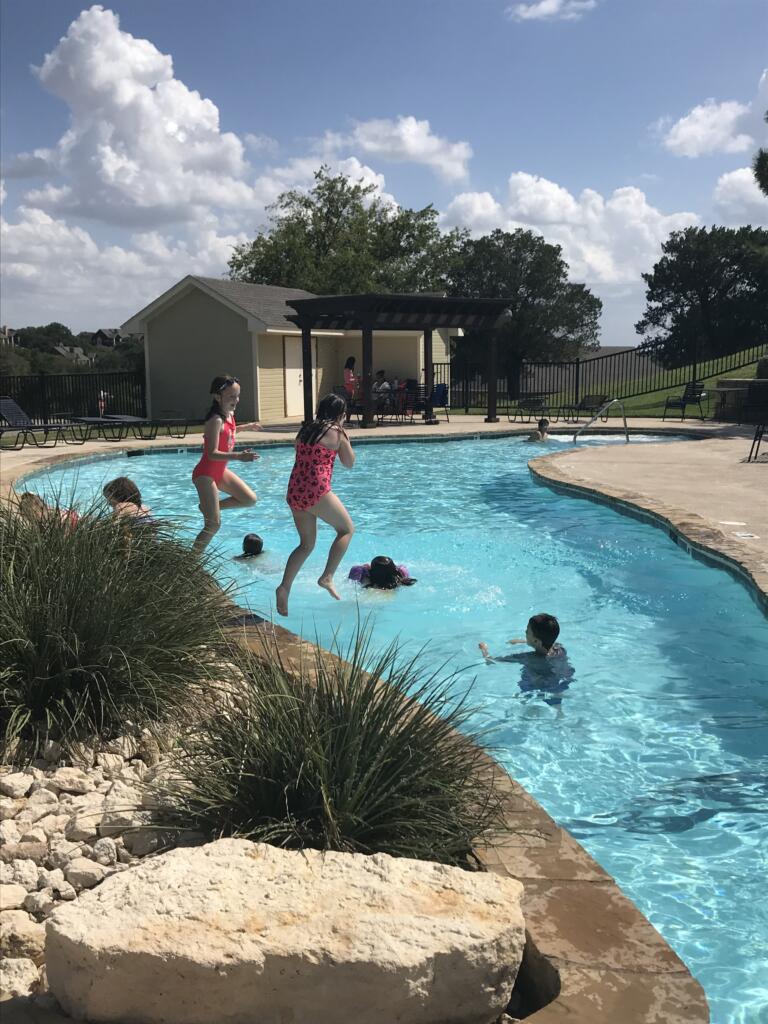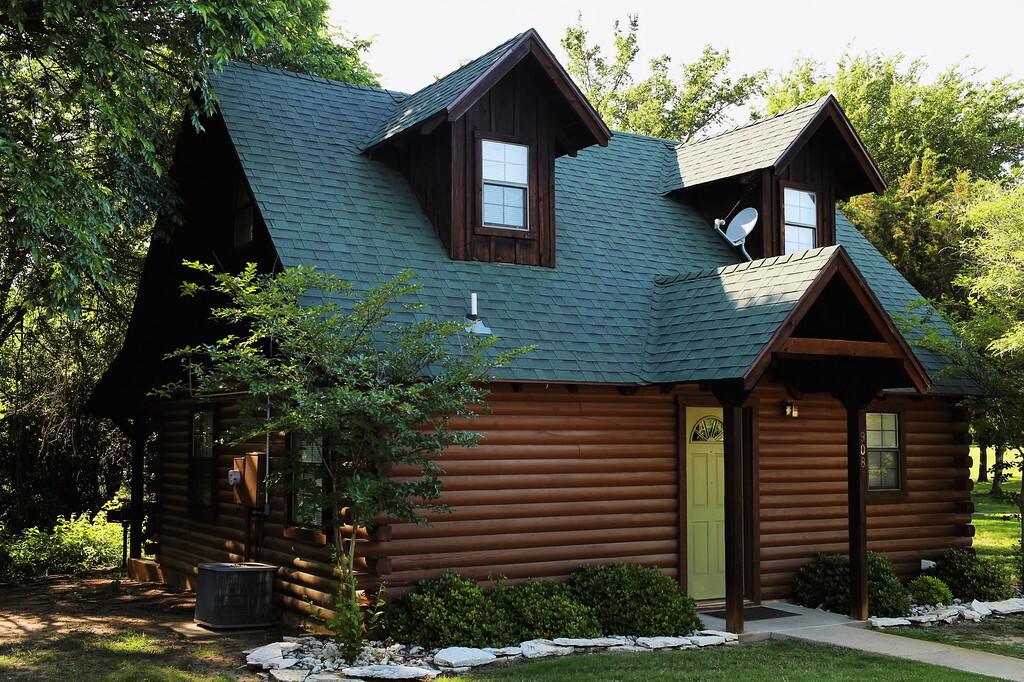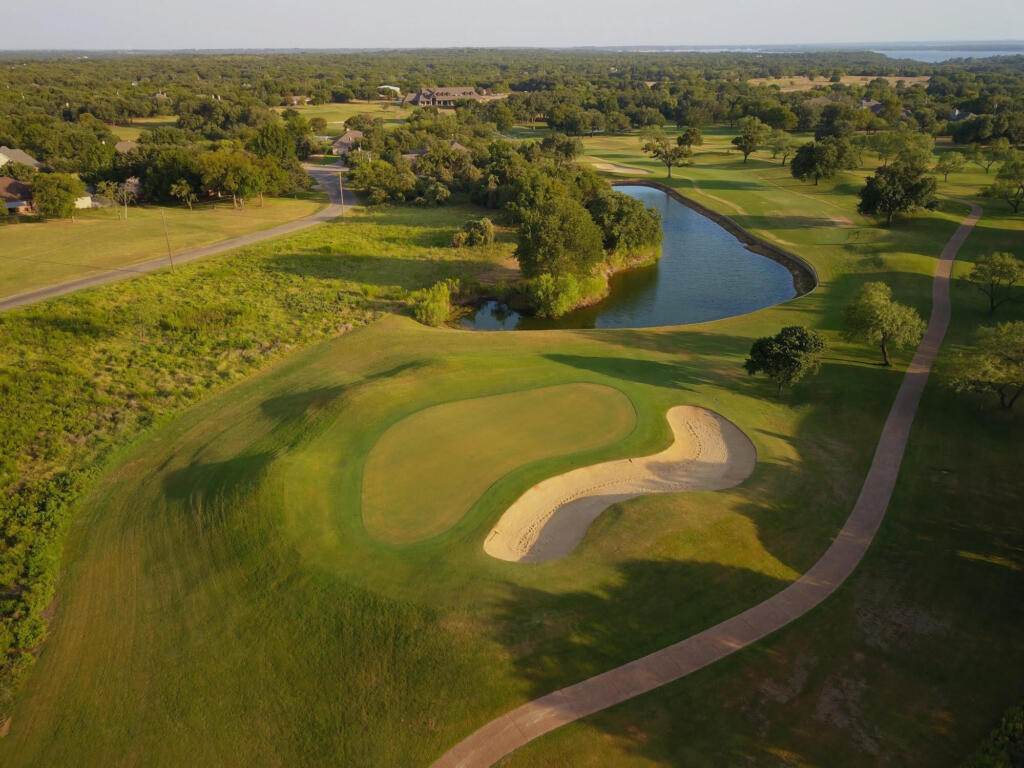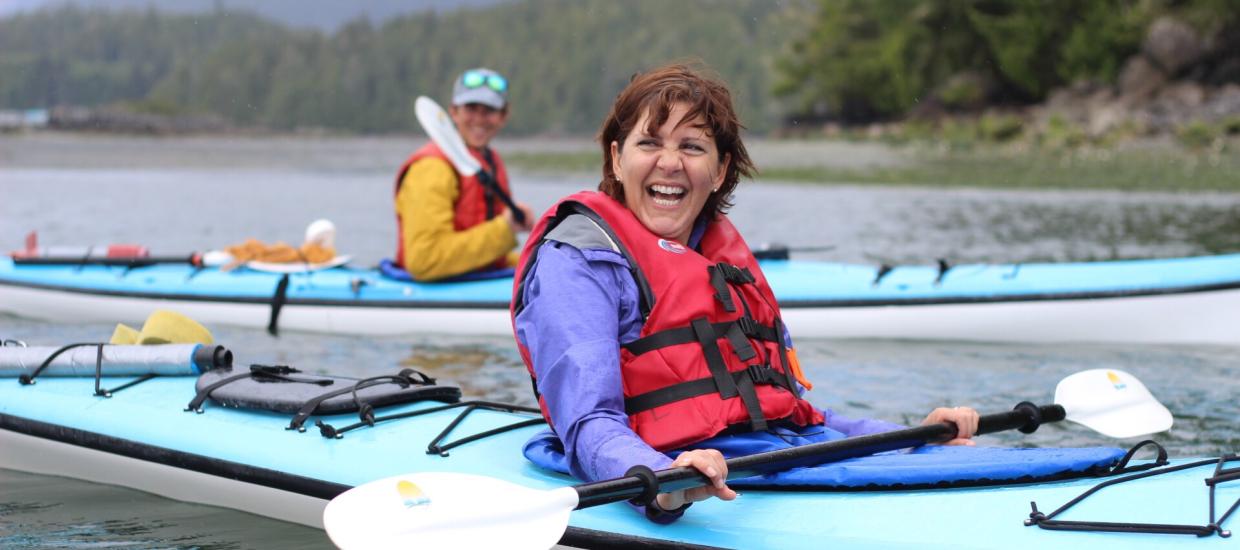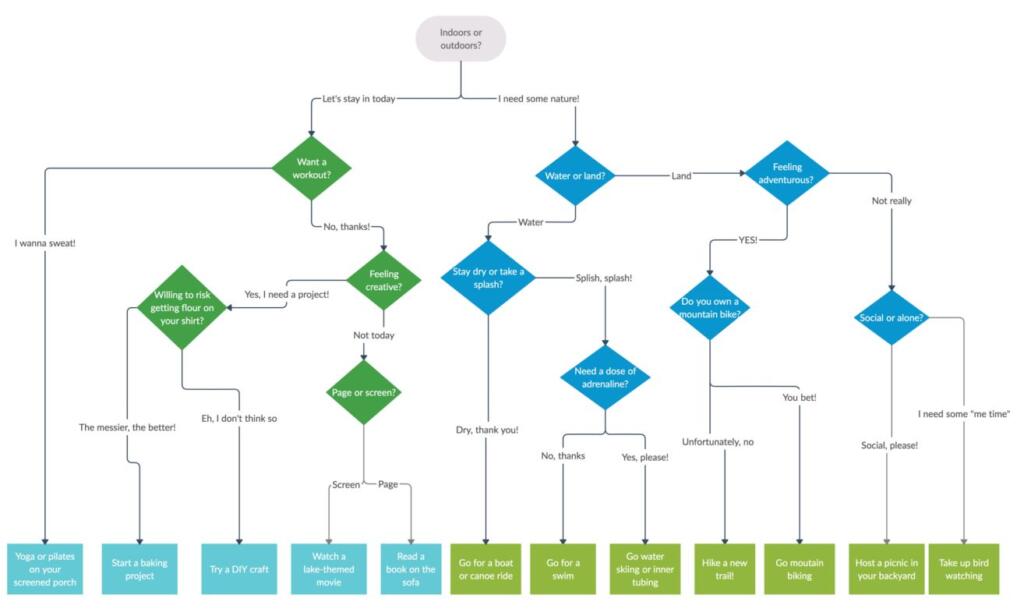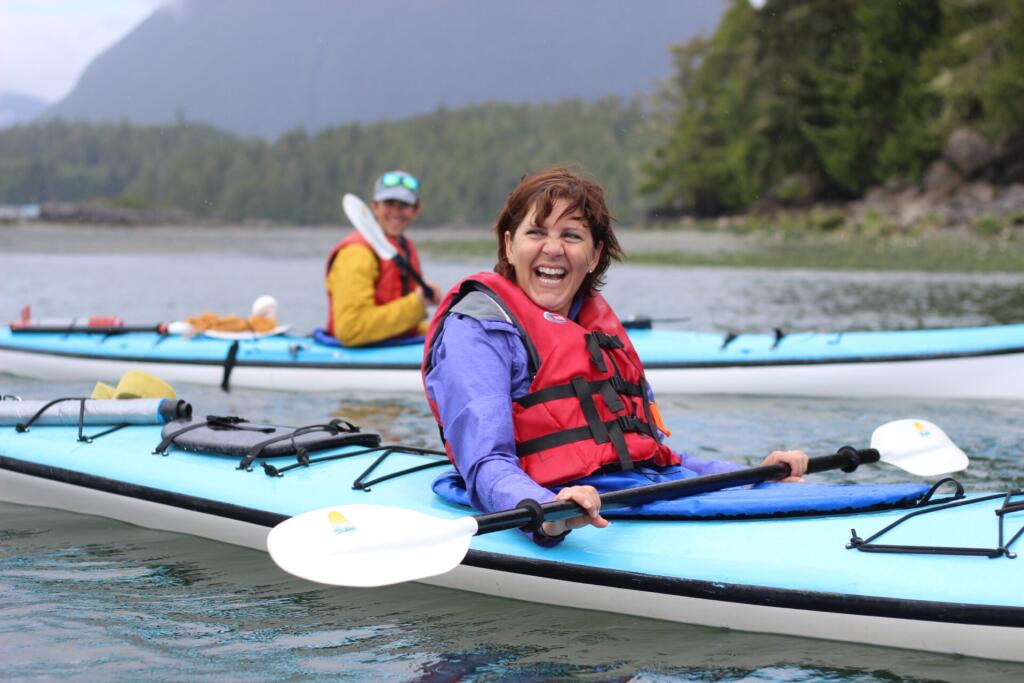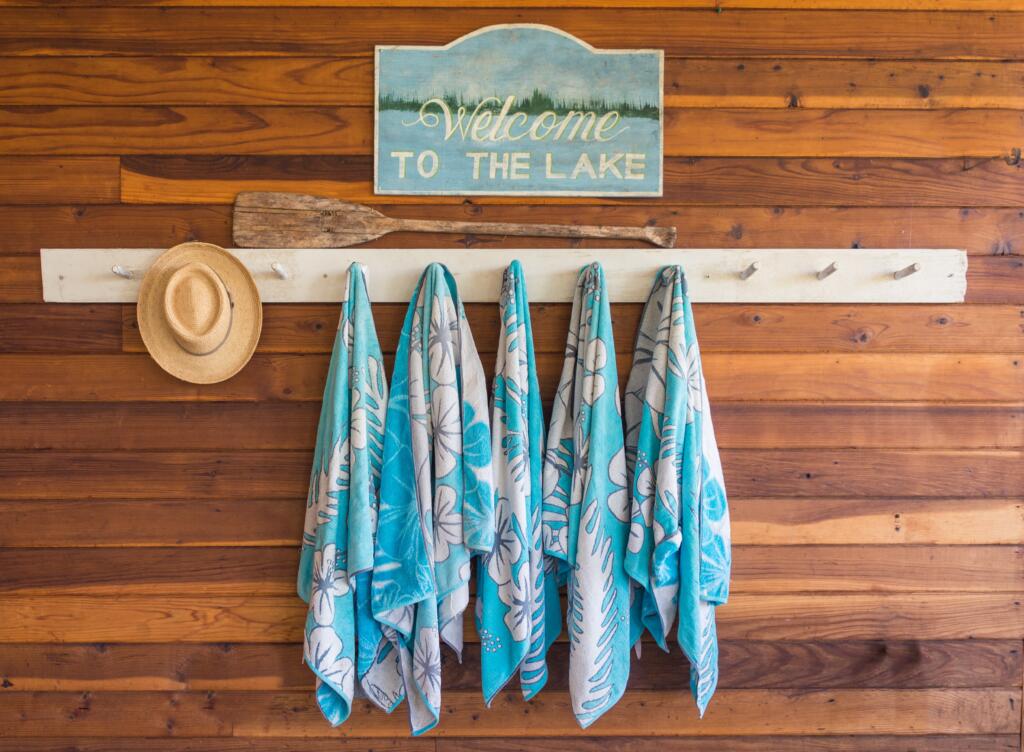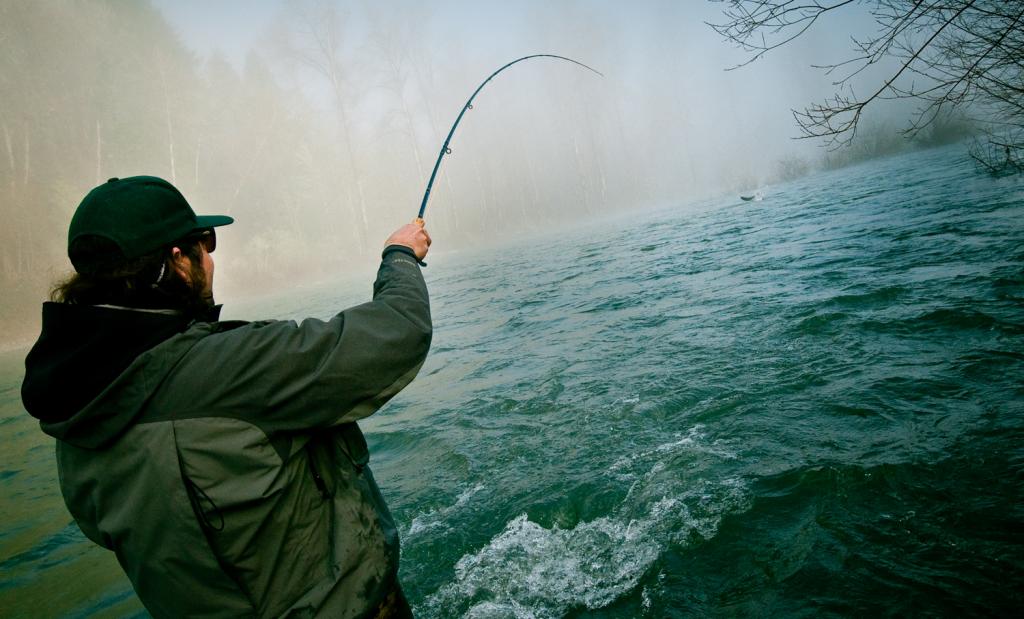
Fishing has evolved far beyond a simple rod and bait. Gone are the days of relying solely on instinct and experience; now, anglers can leverage the power of smartphone apps to track weather conditions, map out the best fishing spots, log their catches, and connect with other fishermen. These apps are essential companions; whether for seasoned anglers or novices, they help maximize fishing experiences.
FishBrain
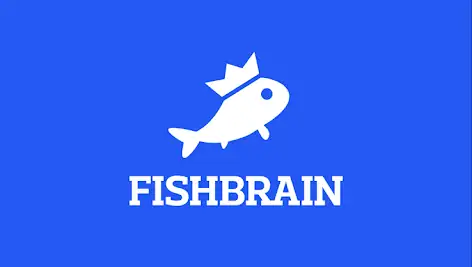
Fishbrain is a social networking app designed specifically for anglers. With over 15 million catches logged in its database, Fishbrain allows users to log their catches, share photos and tips, and connect with other fishermen in their area. The app also provides detailed fishing forecasts, including water temperature, wind speed, and barometric pressure information.
ANGLR

Are you longing for a solution to plan, track, and analyze your fishing adventures? Look no further than ANGLR! This innovative app enables users to log detailed trip information, such as catch locations, weather conditions, and tackle used. Moreover, ANGLR’s mapping features empower anglers to create custom spots, track routes, and seamlessly share their experiences with others. Additionally, ANGLR offers advanced analytics tools that allow users to identify trends in their fishing data, enabling them to fine-tune their strategies and enhance their success rates over time. With its comprehensive features and user-friendly interface, ANGLR emerges as the ultimate companion for both weekend warriors and seasoned pros looking to elevate their fishing game.
Fishidy

With access to detailed maps of over 20,000 waterways across the United States, Fishidy provides users with invaluable insights into underwater structures, fishing hotspots, and local fishing reports. Its interactive maps empower anglers to plan their trips with precision, ensuring they target the most promising fishing locations. Moreover, Fishidy’s premium subscription offers advanced mapping and personalized fishing recommendations, maximizing users’ time on the water. By seamlessly combining cutting-edge technology with a vast database of fishing knowledge, Fishidy emerges as an indispensable tool for all anglers.
Navionics
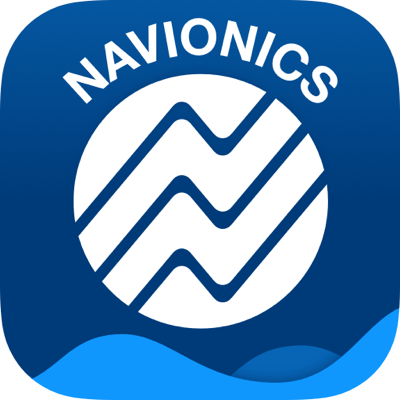
Empowering users with detailed maps of lakes, rivers, and coastal areas worldwide, Navionics stands as an essential navigation app for anglers and boating enthusiasts alike. Its features, like depth contours and navigation aids, ensure users navigate unfamiliar waters confidently. Moreover, Navionics encourages community interaction, enabling anglers to share experiences and tips. This app becomes an invaluable companion, providing navigation assistance and creating a collaborative space for users to enhance their maritime expertise.
As the art of fishing embraces the digital age, these innovative apps have become essential companions for anglers, transforming how fishing experiences are planned and executed. From FishBrain’s social networking prowess to ANGLR’s comprehensive trip tracking and analytics tools, each app caters to the diverse needs of anglers, be they seasoned pros or eager novices. Fishidy’s detailed maps and Navionics’ global navigation features further underscore technology’s transformative impact on the fishing landscape. In this interconnected realm of apps, anglers are not just tracking catches or planning routes; they’re fostering a community and enhancing their overall maritime experience. These apps have ushered in a new era where angling isn’t just a pastime but a collaborative and tech-driven adventure.

